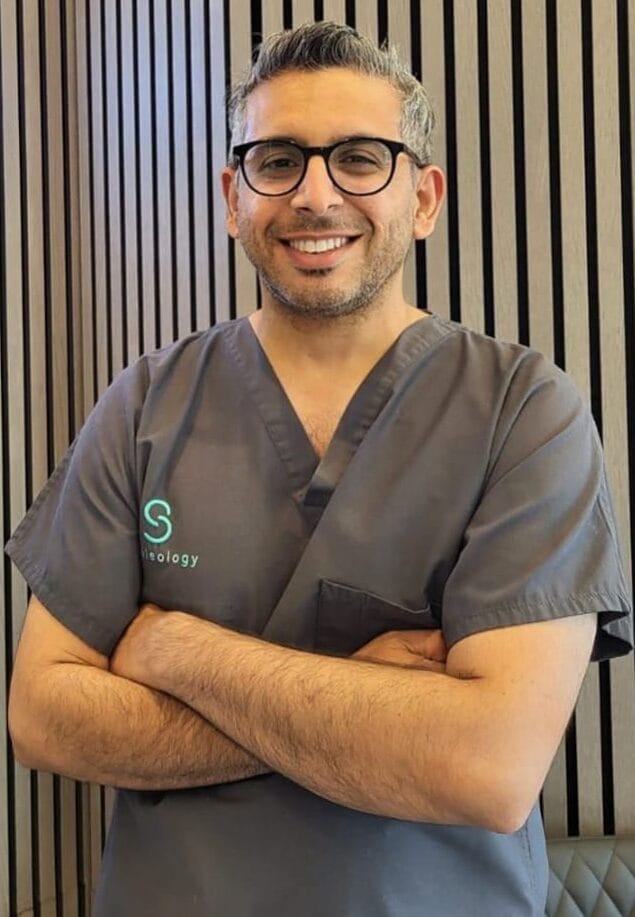Discover Quality in Dental Implants Kent: Smile Confidently
Discover Quality in Dental Implants Kent: Smile Confidently
Blog Article
Experience the Most Recent Developments in Dental Implants Innovation
As the area of dentistry proceeds to develop, the advancements in oral implant innovation have actually been absolutely nothing short of amazing. The assimilation of modern technology is revolutionizing the capability of oral implants, assuring enhanced results and patient complete satisfaction.
Advanced Materials for Enhanced Toughness
In the world of oral implants technology, the combination of advanced materials has significantly contributed to boosting resilience and longevity of these crucial dental prosthetics. The utilization of materials such as titanium alloys, zirconia, and ceramic compounds has revolutionized the field by providing enhanced stamina, resistance, and biocompatibility to corrosion.
Titanium alloys are widely utilized in dental implants due to their remarkable strength-to-weight proportion, deterioration resistance, and compatibility with the human body. These alloys guarantee the security and long life of the implant by withstanding the forces exerted throughout eating and speaking, supplying a trustworthy service for clients seeking long lasting tooth substitutes.
Zirconia, a kind of ceramic product, has obtained popularity for its biocompatibility and natural tooth-like appearance. Its high stamina and resistance to wear make it an appropriate selection for oral crowns and bridges, improving the overall visual appeals and capability of the dental implant.

Digital Imaging for Accurate Positioning
The advancement of oral implants technology has better advanced with the integration of electronic imaging methods, making sure exact placement of these prosthetics for ideal functional and visual outcomes. Digital imaging plays an essential role in the planning and placement of dental implants by offering detailed 3D pictures of the person's jawbone structure. This technology allows dentists to analyze bone density, find vital structures, and intend the specific setting and angle for implant positioning with unmatched accuracy.
By utilizing electronic imaging, dentists can create virtual medical guides that act as a roadmap during the dental implant positioning procedure. These guides are tailored for each and every patient, taking right into account their one-of-a-kind anatomy and the desired outcome. This level of precision not just boosts the success rate of oral implant treatments yet additionally reduces the threat of problems.
Furthermore, digital imaging makes it possible for dental experts to imagine the last prosthetic restoration before the real positioning of implants, enabling meticulous preparation and making certain that the result satisfies the individual's visual expectations. Overall, the integration of electronic imaging technology has actually changed the area of oral implants, offering individuals a more foreseeable, efficient, and patient-specific therapy technique.

Minimally Invasive Surgical Methods


Improvements in medical methods have led to the growth of minimally intrusive methods in the area of oral implantology. These techniques aim to minimize trauma to the individual, shorten healing times, and boost total treatment end results. Minimally invasive surgeries involve smaller incisions, specialized tools, and advanced imaging modern technologies to exactly position dental implants with very little disruption to surrounding tissues.
One key element of minimally intrusive strategies is the use of led surgical procedure, where 3D imaging and computer-aided design software are used to prepare the implant placement with wonderful accuracy. This enables an extra predictable outcome and can typically eliminate the need for considerable flap surgical procedure.
Furthermore, improvements in materials and implant design have actually likewise contributed to the success of minimally intrusive strategies. Implants with enhanced surface area buildings promote faster osseointegration, reducing the healing time required before the prosthetic restoration can be put.
3D Printing for Customized Solutions
Utilizing 3D printing modern technology in oral implantology allows for the production of extremely personalized services customized to specific patient demands and anatomical variants. This advanced modern technology allows oral specialists to develop and fabricate oral implants with phenomenal precision and accuracy. By utilizing electronic imaging strategies, such as cone beam of light computed tomography (CBCT), thorough 3D models of the patient's oral tooth cavity can be created to guide the dental implant planning process.
One of the essential advantages of 3D printing in oral implantology is the capability to produce patient-specific implants that completely fit the unique composition of each person. This individualized approach aids boost the general success and durability of the implant by guaranteeing ideal fit and alignment. In addition, 3D printing enables the manufacturing of complicated geometries and complex frameworks that would certainly be difficult or difficult to accomplish using standard manufacturing techniques.
In addition, 3D printing modern technology makes it possible for dentists to enhance the implantation procedure, minimizing surgical treatment time and improving general individual experience. With its capacity to develop tailored services quickly and efficiently, 3D printing is transforming the field of dental implantology, offering individuals cutting-edge therapy options and improved outcomes.
Integrated Modern Technology for Improved Performance
Executing sophisticated modern technology in oral implantology boosts performance and precision, boosting the criterion of care for patients going through implant procedures. Integrated modern technology plays an important duty in enhancing the overall success and sturdiness of oral implants.
In addition, the integration of computer-aided layout and computer-aided manufacturing (CAD/CAM) innovation makes it possible for the production of customized implant restorations with extraordinary precision. CAD/CAM systems make use of digital impressions to make prosthetics that completely fit the person's one-of-a-kind composition, guaranteeing optimum comfort and performance. In addition, the use you could try here of robotic-assisted surgery in dental implant placement boosts accuracy and lessens the threat of human error.
Verdict
To conclude, the latest advancements in dental implants technology click site offer enhanced longevity with advanced products, accurate placement with digital imaging, minimally intrusive medical techniques, customized remedies with 3D printing, and boosted capability with incorporated innovation - Dental implants Kent. These advancements in oral implants innovation are changing the field and offering patients with more reliable and effective therapy options for restoring their smiles and dental health
The integration of modern technology is transforming the functionality of dental implants, assuring improved end results and person satisfaction.
The development of dental implants modern technology has actually better advanced with the integration of digital imaging strategies, guaranteeing accurate positioning of these prosthetics for optimal practical and visual results. Minimally invasive surgical treatments involve smaller sized incisions, specialized instruments, and progressed imaging modern technologies to specifically position oral implants with very little interruption to surrounding cells.
Executing cutting-edge technology in oral implantology improves functionality and accuracy, raising the criterion of care for clients going through click here for more info dental implant treatments. Dental implants Kent. Integrated modern technology plays a crucial duty in improving the general success and longevity of oral implants
Report this page